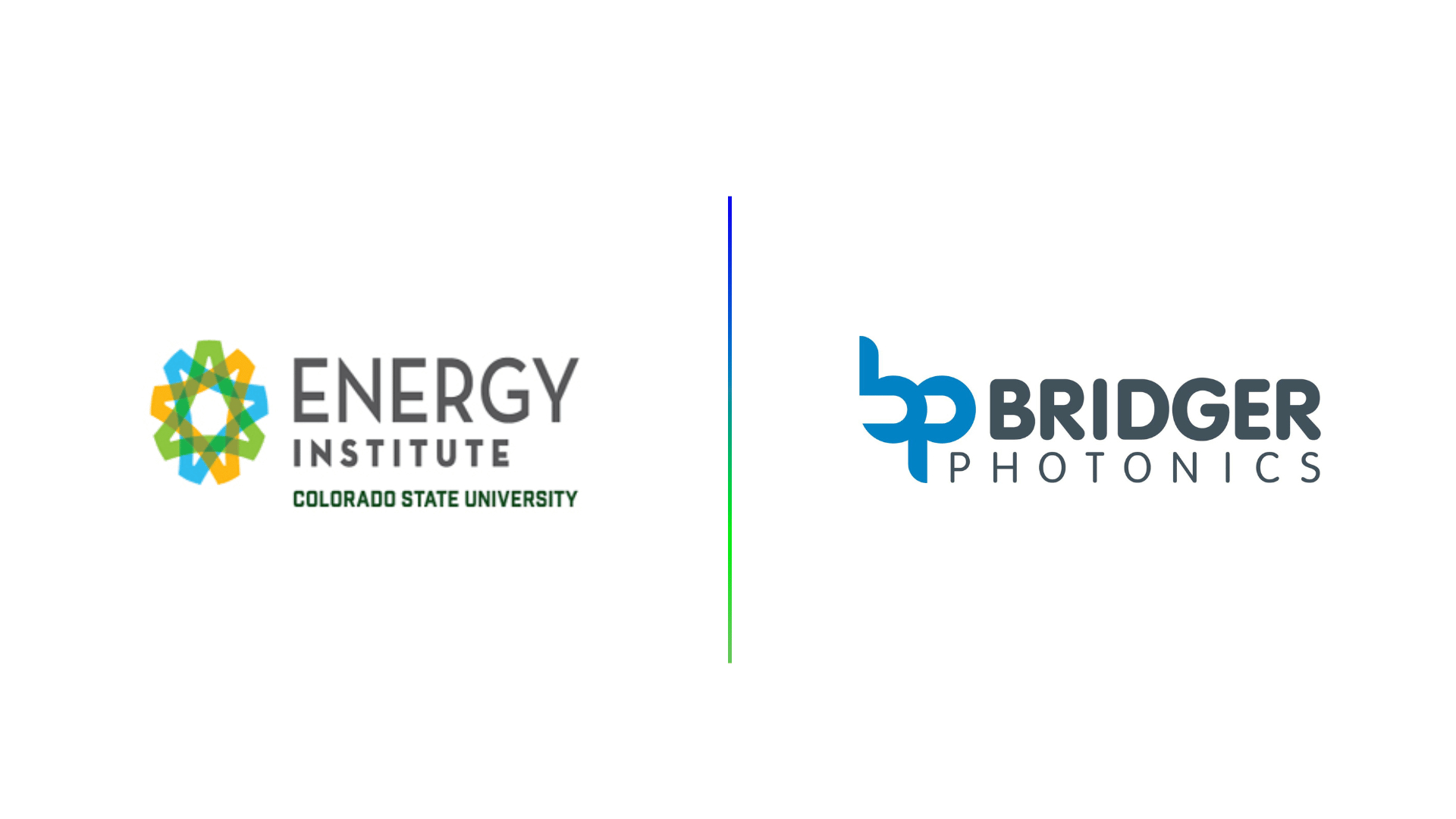
Bridger Photonics Partners with Colorado State University to Advance Understanding of Methane Emissions Measurement via DOE Funding
Published by Todd Bush on December 20, 2023
BOZEMAN, Mont.--(BUSINESS WIRE)--Bridger Photonics, Inc. (Bridger) announced today that it will be participating in a cutting-edge research project, with Colorado State University (CSU) as the lead investigator, to advance the understanding of methane emissions measurement and reporting. CSU’s Energy Institute will oversee the project and utilize Bridger’s aerial LiDAR methane detection technology, Gas Mapping LiDAR™ (GML) to collect data.
The Site-Aerial-Basin Emission Reconciliation project, known as SABER, is funded through the Office of Fossil Energy and Carbon Management of the U.S. Department of Energy (DOE). The project aims to demonstrate that reconciliation of top-down and bottom-up emissions measurements is possible on a basin-wide scale, and how the type of measurement-based inventory that will be generated can be translated to other basins. The project will work with operators to measure emissions in the Denver-Julesburg and the Upper Green River basins.
Establishing a measurement-based inventory that shows how much methane a basin is emitting can provide insight into how much reduction potential exists and how to form an effective strategy. “To make data-driven decisions on how we mitigate emissions, we need access to robust information on what work practices and equipment in a given region drive emissions and to what degree. This project provides regionally relevant data and could help operators develop the most effective emissions management strategies,” stated Asa Carre-Burritt, Bridger’s Director of Policy and External Affairs.
Emissions from production basins have previously been assessed using a variety of bottom-up or top-down approaches. The top-down approaches typically provide regional data that lacks resolution on emissions sources, whereas bottom-up approaches utilizing source-specific calculations that often fail to accurately estimate total emissions. Project SABER will tackle this challenge by using GML measurements for comprehensive, source-resolved data across the study region, coupled to onsite studies (run by CSU and the University of Wyoming Center for Air Quality) that provide increased granularity and insight. The source resolved measurements will be compared to tower-based regional data collected by the Earth-Atmosphere Interactions Lab at Pennsylvania State University.
GML technology is a laser-based technology that is attached to small aircraft and flown over oil and gas sites to detect, measure, and quantify methane emissions. The technology, as well as other types of measurement technologies, have been widely adopted by operators on a voluntary basis across the production sector.
“Key to this project is the layer-cake approach – covering every level from companies’ operational data to on-site measurement to overflights to regional estimates,” stated Dan Zimmerle, Director of CSU’s Methane Emissions Technology Evaluation Center (METEC).
About Bridger Photonics, Inc.
Located in Bozeman, Montana, Bridger Photonics, Inc. provides aerial methane detection, localization, and quantification across the natural gas value chain. Bridger’s mission is to enable clean, safe, and streamlined oil and gas operations by providing actionable data for methane emissions reduction. For more information, see www.bridgerphotonics.com.
Subscribe to the newsletter
Daily decarbonization data and news delivered to your inbox
Follow the money flow of climate, technology, and energy investments to uncover new opportunities and jobs.
Latest issues
-
How a Dirty Problem Became a Carbon Goldmine
Inside This Issue 🌱 Bio-Oil Breakthrough: Cleaning Up Abandoned Wells While Cutting CO₂ ⛏️ MAX Power Begins Historic Drilling of Canada’s First-Ever Natural Hydrogen Well ⚡ California Pauses Hydro...
-
G20's Carbon Removal Gap Opens $1 Trillion Door
Inside This Issue 💰 G20's Carbon Removal Gap Opens $1 Trillion Door ✈️ Gold Standard Labels First Credits As Eligible For CORSIA Compliance 🌲 Chestnut Carbon Has Sold High-Integrity IFM Carbon Rem...
-
How Direct Air Capture Could Drop 75% in Cost
Inside This Issue 💨 How Direct Air Capture Could Drop 75% in Cost ⚡ Cache Power Advances 30 GWh Compressed Air Energy Storage Project In Alberta 🪨 Canada Nickel And The University Of Texas At Aust...
Company Announcements
-
MAX Power Begins Historic Drilling of Canada’s First-Ever Natural Hydrogen Well
The Lawson Target Exhibits All Five Key Elements for a Potential Natural Hydrogen Accumulation Including Source Rocks, Migration Pathways, Reservoirs, Seals and Traps, Along With a Defined Four-Way...
-
Next Hydrogen Announces $20 to $30M Equity Private Placement Led by Smoothwater Capital Corporation
MISSISSAUGA, Ontario, Nov. 07, 2025 (GLOBE NEWSWIRE) -- Next Hydrogen Solutions Inc. (the “Company” or “Next Hydrogen”) (TSXV:NXH, OTC:NXHSF), a Canadian designer and manufacturer of hydrogen elect...
-
Cell Impact And Thyssenkrupp Automation Engineering Enter Cooperation Agreement
Cell Impact and thyssenkrupp Automation Engineering have entered a Strategic Cooperation Agreement for Joint Market Success in the Field of Hydrogen. The agreement includes a shared ambition to ca...
-
Innovative and proprietary solution aims to set a new standard for high-efficiency performance while delivering superior economics and flexibility to operate on natural gas and renewable natural ga...